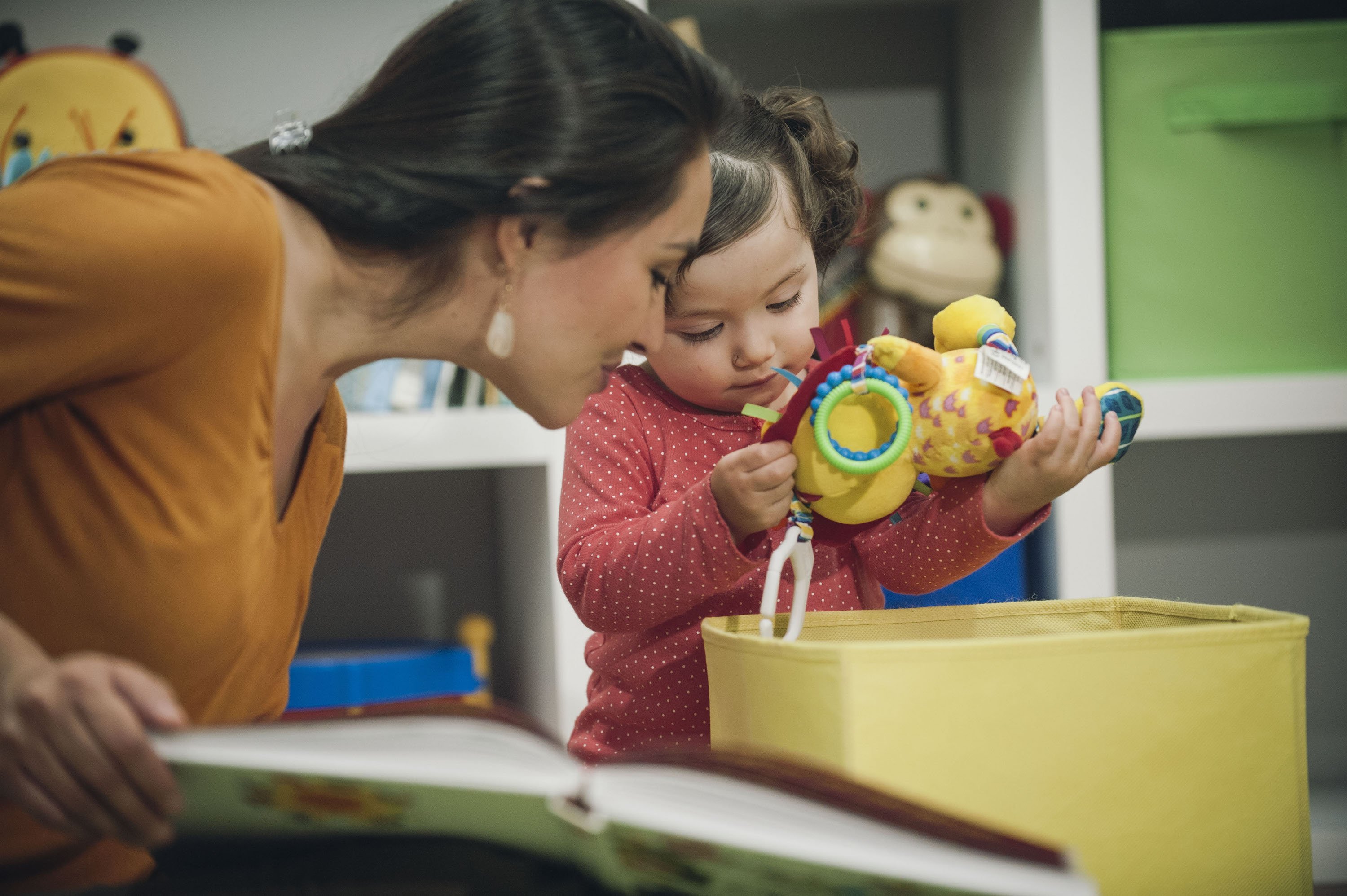Key points:
1. Quality parent-child interactions are crucial for a strong learning environment.
2. Introduce learning materials like books and engage your child in reading early on.
3. Encourage learning activities that foster language development and parent-child bonding.
4. Starting early with a supportive learning environment sets a positive pattern for future interactions and cognitive development.
Babies’ brains are like sponges –they are constantly absorbing, forming new ideas from stimuli in their environment. That’s how they learn. According to a recent study from NYU, there are a few things you can do to create a strong learning environment at home.
The study followed a group of children from birth through 5th grade, tracking the influence of early home learning environments on later cognitive skills. Researchers found that the learning environment at home plays a powerful role in shaping kids’ cognitive and linguistic abilities. They found that a strong learning environment has three main features: quality parent-child interactions, the availability of learning materials, and children’s participation in learning activities. Let’s break them down.
Quality interactions: Spend quality time with your little one every day. Sit and play on the floor, talk to her and engage! When you’re playing together, let her lead and then join in on whatever catches her attention. Point to objects she is watching and name them. Respond to your little one’s cues promptly –like identifying if she is hungry or in need of a diaper change. It’s important that your baby feels secure so that she is willing to explore her environment.
Learning materials: Familiarize your little one with books early on! She will love to look at the images and will clumsily try to turn their pages, working on fine motor skills. Toys don’t have to be flashy or expensive. Most of the time you’ll find that a lot of safe and suitable play material can be found right at home and can be used in more than one way for children of different ages –you just have to get creative!
Learning activities: As long as there are quality interactions between a child and a caregiver, then learning is happening. Reading to your child everyday helps build a healthy parent-child relationship because it’s an opportunity for one-on-one interaction, plus it boosts language development. With Kinedu, you’ll find new ideas of excellent learning activities to complete with your little one every day, according to her development.
Another fascinating finding from this study was that learning environments were pretty stable over the 10-year research period. This suggests that the experiences that parents provide as early as the first year shape future interactions, creating a pattern of engagement that can either continue to support or disrupt children’s future learning. In other words, start now! It will become a habit and translate into better interactions in the future.








